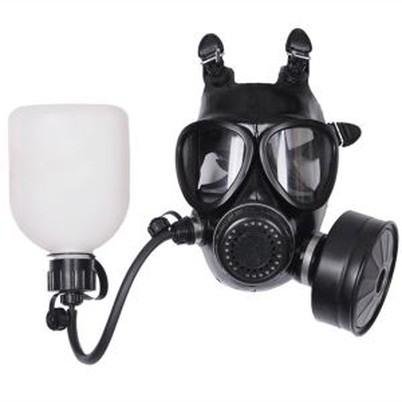The Importance of Levels in Protective Gas Masks
Leave a message
Protective gas masks are a critical tool in keeping individuals safe from harmful gases and pollutants in various environments. These masks use filters to capture and eliminate hazardous particles, gases, and chemicals.
One essential factor in selecting the right protective gas mask is its filter level. Filter levels are crucial because they identify the mask's ability to capture and eliminate toxic pollutants.
Filter level refers to the gas mask's efficiency in filtering out harmful gases, particles, and vapors from the air. The higher the level, the better the filtration system, and the more protection a mask provides.
Some gas masks have filter levels ranging from 95 to 100, which offer basic respirator protection against non-oil-based particles. Others have filter levels of 100 or higher, which provide better protection against both oil-based and non-oil-based particles.
When selecting protective gas masks, there are several factors to consider, such as the environment, the type of pollutants, and the level of protection needed. For example, a mask with a higher filter level may be necessary if the environment has more significant concentrations of pollutants.
It's essential to remember that not all gas masks are created equal. A high filter level doesn't automatically mean that a mask is the right choice for a particular situation. It's crucial to read the mask's specifications carefully and select the right level of protection for the appropriate environment.
In conclusion, filter levels are essential when selecting protective gas masks. Higher filter levels provide better protection against harmful pollutants, but it's crucial to consider other factors and select the right level of protection for each environment. With the right gas mask, individuals can feel confident and safe in all types of environments.






